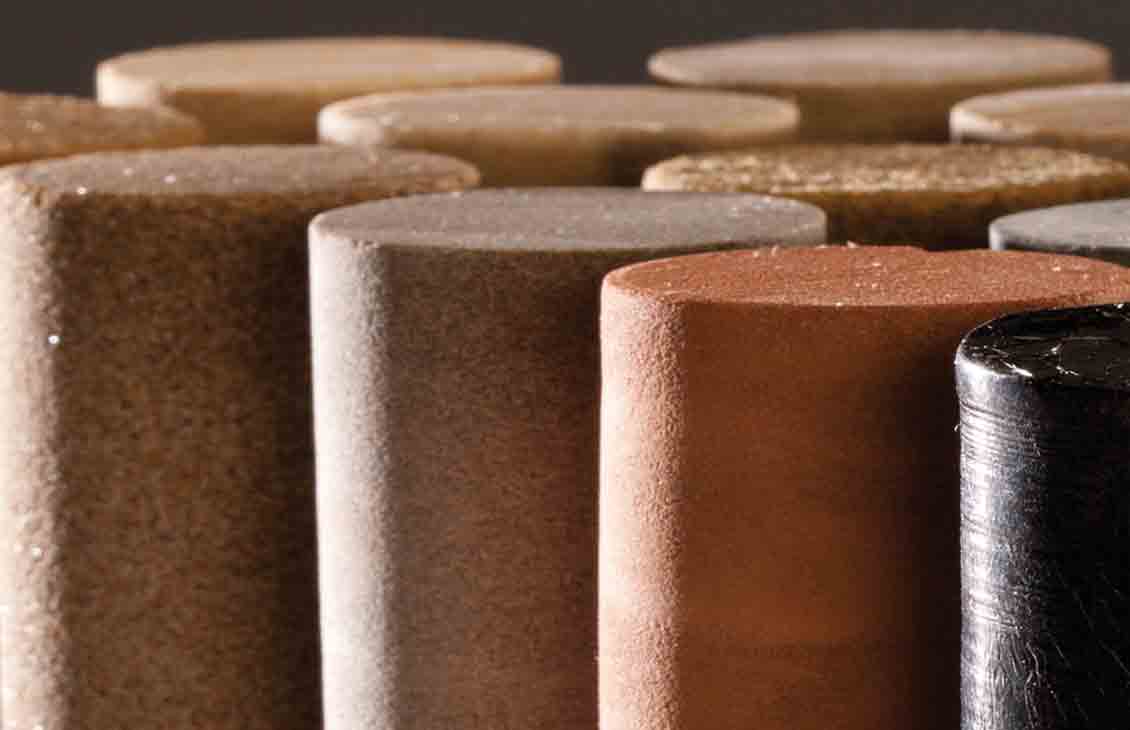ASTM D4404 Standard Test Method for Determination of Pore Volume and Bulk Density of Soil and Rock by Mercury Intrusion
The ASTM D4404 test method is a critical standard employed in the oil & gas sector to determine pore volume and bulk density of soil and rock samples using mercury intrusion. This technique provides detailed insights into the pore structure, which is essential for understanding reservoir properties.
This service aids quality managers, compliance officers, R&D engineers, and procurement teams by ensuring that materials meet stringent industry standards. By accurately measuring these parameters, ASTM D4404 facilitates better decision-making in exploration, drilling, and production processes.
The test involves the injection of mercury into a specimen under controlled pressure to determine the volume of pores at various pressures. This information is crucial for understanding rock permeability and porosity, which are key factors in optimizing reservoir performance.
Preparation of samples according to ASTM D4404 requires thorough cleaning and drying of specimens to ensure accurate results. The test setup includes specialized equipment such as a mercury intrusion porosimeter and high-pressure pumps capable of generating pressures up to 35 MPa.
The data obtained from this method is vital for various applications, including the evaluation of core samples during reservoir characterization studies. This information helps in predicting fluid flow characteristics within the reservoir, which can significantly impact well planning and production strategies.
For accurate measurements, it's important to follow all steps outlined in ASTM D4404 meticulously. Compliance with this standard ensures reliable data that can be trusted for making informed decisions about resource management and exploration activities.
Scope and Methodology
| Step | Action | Description |
|---|---|---|
| 1 | Sample Preparation | Clean and dry the sample, then place it in a suitable holder. |
| 2 | Instrument Setup | Calibrate the mercury intrusion porosimeter and ensure proper connections. |
| 3 | Pressure Application | Gradually increase pressure to displace mercury into pores of varying sizes. |
| 4 | Data Collection | Record the volume of mercury displaced at each pressure increment. |
| 5 | Analysis | Interpret data to determine pore volumes and bulk densities. |
Quality and Reliability Assurance
- Calibration of all instrumentation before each test run ensures accurate measurements.
- Strict adherence to ASTM D4404 ensures consistent results across different samples.
- Regular calibration checks are performed using certified reference materials (CRMs).
- Data analysis is conducted by trained personnel following established protocols.
We ensure that every test adheres to the highest standards of accuracy and reliability, providing you with confidence in your results. Our commitment to quality extends beyond just meeting ASTM D4404; we also incorporate best practices from other relevant international standards such as ISO 17621.
Use Cases and Application Examples
- In reservoir characterization, ASTM D4404 helps in understanding the pore structure of core samples.
- This information is crucial for optimizing drilling operations by predicting formation behavior under different conditions.
- The technique supports environmental assessments by providing insights into potential impacts on groundwater resources.
- ASTM D4404 data assists in selecting appropriate completion materials and stimulation fluids tailored to specific reservoir characteristics.





